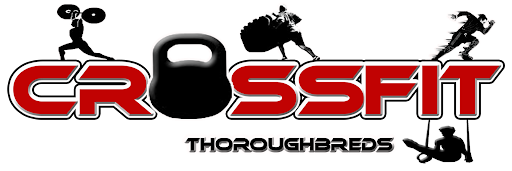Understanding and Practicing Paleo Nutrition
Paleo nutrition, or the Paleolithic diet, refers to the practice of consuming only foods and beverages that would have been available to hunters and gatherers during the period between 2.5 million and 12,000 years ago. The diet operates on the basic premise that you shouldn’t eat or drink anything that wouldn’t have been harvested or killed by “cavemen” in the Paleolithic era. This extends to eating behavior, meaning that meals shouldn’t be scheduled. Hunter-gatherers obtained food as their needs dictated and planned only somewhat in advance, if at all. Eating in preparation for hunger pangs was practiced, but true adherence to the Paleo diet means eating when hungry and drinking when thirsty.
Paleo Foods and Beverages
Think about everything you’ve ever assumed about hunter-gatherers and what they might eat. Vegetables, fruits, eggs, tree nuts, wild game, shellfish, fish, mushrooms, and roots are all on the list, along with water to drink. Herbs and spices can be introduced to flavor your food and to make tea. You can also use oils as long as they’re made from fruits (like olives) or tree nuts, and coconut water makes a healthy Paleo beverage.
What’s not included is the long list of foods that became available with the advent of agriculture and animal husbandry in the Neolithic era. This means that you should avoid anything made with grains, dairy, potatoes, beans, legumes, sugar, salt, and any artificial foods and beverages. Seeds should also be avoided because they were an impractical source of food as compared to other, more efficient hunting and gathering processes.
Best Practices
Vegetables: Organic leafy greens are the modern vegetable variety that most closely resembles what hunter-gatherers would have eaten. Field greens and dandelion leaves are fairly authentic, but the general rule of thumb is that if a given vegetable can’t be eaten raw, it shouldn’t be included in your diet. This doesn’t mean that you have to eat everything raw, but the vegetables you choose should meet this criterion.
Fruits: Berries were probably the most commonly eaten fruit for hunter-gatherers. However, modern fruits are different and much sweeter than Paleolithic fruits, so some strict dieters avoid them as much as possible. Fruit juices should be avoided altogether.
Nuts: Peanuts and cashews should be avoided, and all nuts should be unsalted. Tree nuts are generally the most acceptable.
Meats and Eggs: No processed meat is allowed, and all meat and eggs should come from animals fed on an organic (grass) diet. Good Paleo choices include organ meat and marrow, and if it’s possible for you to eat freshly caught game, this is one of the best options. Shellfish also make for a strong Paleo diet component.
Fish: Any fish you eat should be freshly caught to maximize the natural components of their diets.
Bio: Alexis Bonari is a freelance writer and blog junkie. She spends much of her days blogging about Education and CollegeScholarships. In her spare time, she enjoys square-foot gardening, swimming, and avoiding her laptop.
Photo: Public Domain
URL: http://www.collegescholarships.org/

No comments:
Post a Comment